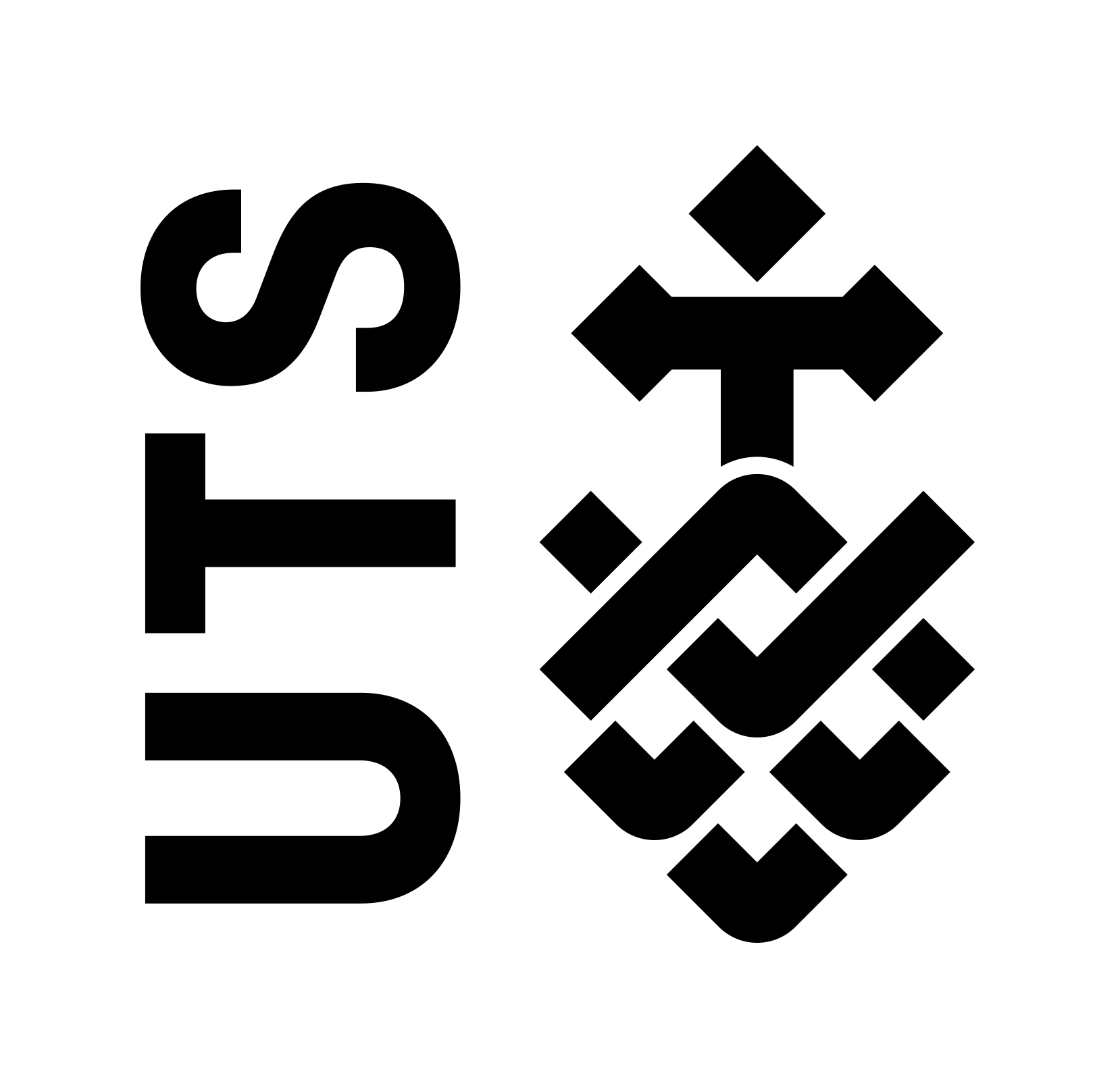Globalisation, automation and rapidly changing needs mean the future of employment will probably look very different to now. In fact, many current careers won’t exist in the next 10 to 20 years. So, it’s critical that students ask the important question: ‘Will my chosen study path lead to strong job opportunities after graduation and beyond?’
In this series, we’re exploring a range of occupations forecast to have strong employment prospects in the future. Some careers in the tech industry are quickly emerging. Plus, there are other existing careers that will also have an important place in the employment opportunities of tomorrow.
Today, we’re exploring the growing field of regenerative medicine. Using a range of existing medical disciplines from molecular biology to immunology, regenerative medicine aims to employ the body’s own healing capacity to treat injuries and diseases. With advances in regenerative medicine, scientists and doctors could be able to treat or even cure serious conditions that affect millions of people.
If you’re interested in the intersection of technology, research and helping others, a career in regenerative medicine could be a great choice for your future.
What is regenerative medicine?
Some parts of the human body, like skin and blood cells, already have the capacity to regenerate. Others, like the heart and brain, do not. Regenerative medicine involves using scientific research to create living, functional tissues to repair or even replace parts of the body that have become damaged by disease, trauma or age and cannot heal themselves.
This field covers everything from stimulating skin tissue growth in burn victims to research focusing on growing organs in the lab using stem cells. In the future, regenerative medicine has the potential to fix the shortage of organs available through donation. It might also assist in healing a wide range of diseases including type 1 diabetes, Parkinson’s disease, Alzheimer’s disease, dementia, multiple sclerosis and some cancers.

What kinds of careers are available?
As the field is rapidly expanding, there are lots of pathways in research and on the field available now and into the future. Careers in regenerative medicine include:
- Tissue engineer. This field involves using regenerative technology to create new skin, muscle or organ tissue that can replace damaged or missing tissue in the body.
- Stem cell biologist. This kind of researcher studies stem cells and their behaviour.
- Nanotechnologist. Combining science and technology, nanotechs can manipulate stem cells on a tiny scale to create innovative new cures.
- Geneticist. This kind of scientist studies how genes (especially those related to disease) are inherited, mutate and activate.
- Bioethicist. A more philosophical discipline, bioethicists study the moral issues surrounding new technologies, including stem cell treatments.
- And many more!
Why work in regenerative medicine?
Solve urgent problems
As a relatively new field of medical research, regenerative medicine offers the opportunity to find a cure for many diseases that were, up until recently, considered incurable. Regenerative medicine has the potential to have an impact across the whole spectrum of health care, from diagnosis and management to treatment. It can even directly save lives by providing organs that are not available through transplant.
Break new ground
Regenerative medicine is a whole new frontier in medical research. The creation of stem cells using nanotechnology is currently under development using mice. If successfully achieved in humans, this will be one of the most important discoveries in medical history.
Another challenge of using stem cells is encouraging them to grow into the specific type of tissue that is required. However, researchers have recently developed a method of using nanoscience to physically influence the stem cells’ growth. These types of discoveries are internationally recognised as essential to the future of medicine, and, by studying regenerative medicine, you could be a part of them.
Get ahead
The worldwide regenerative medicine market is projected to reach $55.6 billion by 2024, meaning starting a degree in the field now could kickstart your career in a big way. Cell-based immunotherapy and cell therapy products accounted for the largest share of the market in 2019, with increasing use of regenerative medicine in musculoskeletal disorders as well. Whichever speciality you end up pursuing, your financial and career goals will be well within reach.
Education pathways
To start your career in regenerative medicine, you’ll need a background in traditional science and the groundbreaking new research that is underway. This field of study also requires a strong understanding of scientific investigation, so undergraduate degrees are often used as a pathway to a PhD in medical research. Relevant options include:
- Bachelor of Biotechnology
- Bachelor of Biomedical Science
- Bachelor of Medical Science
- These can be followed by Honours or Master of Science (Research)
Student story

Neus Gomila Pelegri studied a Bachelor of Biomedical Science at the University of Technology Sydney (UTS), followed by an honours year and then a PhD. She was drawn to the field of regenerative medicine because of the infinite possibilities to make a real difference in peoples’ lives.
“I chose regenerative medicine particularly for the central nervous systems (CNS) because I want to help people affected with neurological disorders, and regeneration of the CNS is an area with a lot of intricacies and difficulties,” she says. “Regenerative medicine is a fast-growing field that is being successfully used in medicine for bone and cartilage therapy and it is showing to be a promising avenue for the CNS regeneration – and that really excites me.”
Neus has particularly enjoyed the chance to share knowledge with other scientists, pushing her work to the cutting edge of medical research.
“Regenerative medicine is a multidisciplinary field that combines the use of stem cells, biomaterials and bioactive molecules. It allows for merging different fields of science and engineering and it has forced me to learn from an array of fields and techniques that I would have not otherwise learnt.
“Its approach takes into account so many parameters that call for collaboration between physicists, material scientists, bioengineers and biomedical and medical experts, allowing me to learn from all of those areas.”
Want to study for a future career in regenerative medicine?
UTS is Australia’s number one young university and one of only three Australian universities to receive a ‘well above world standard’ rating in the Australian Government’s Excellence in Research Australia (ERA) assessment. The university has a strong commitment to research, with a culture that encourages quality projects and valuable experiences for students.
UTS has invested over $110 million in its science facilities, making them some of the best in Australia, with state-of-the-art equipment and instruments. Science students at UTS will be able to work within the University’s upcoming facility, the Hive Super Lab. The Lab was specifically designed to encourage collaboration and teamwork, with pod-like working areas where students can solve real-world problems together. This unique design echoes the way professional scientific research teams operate all over the globe.






